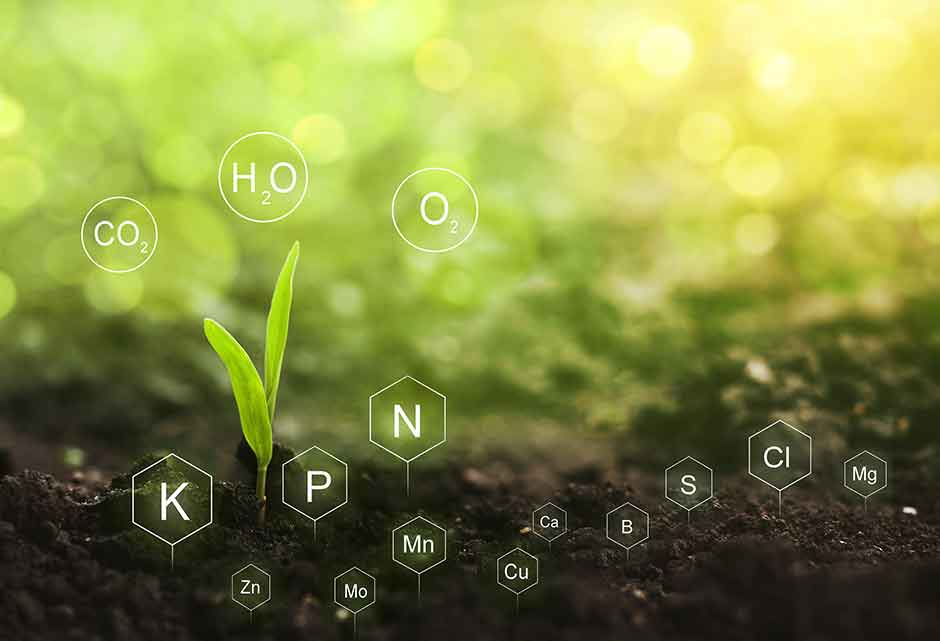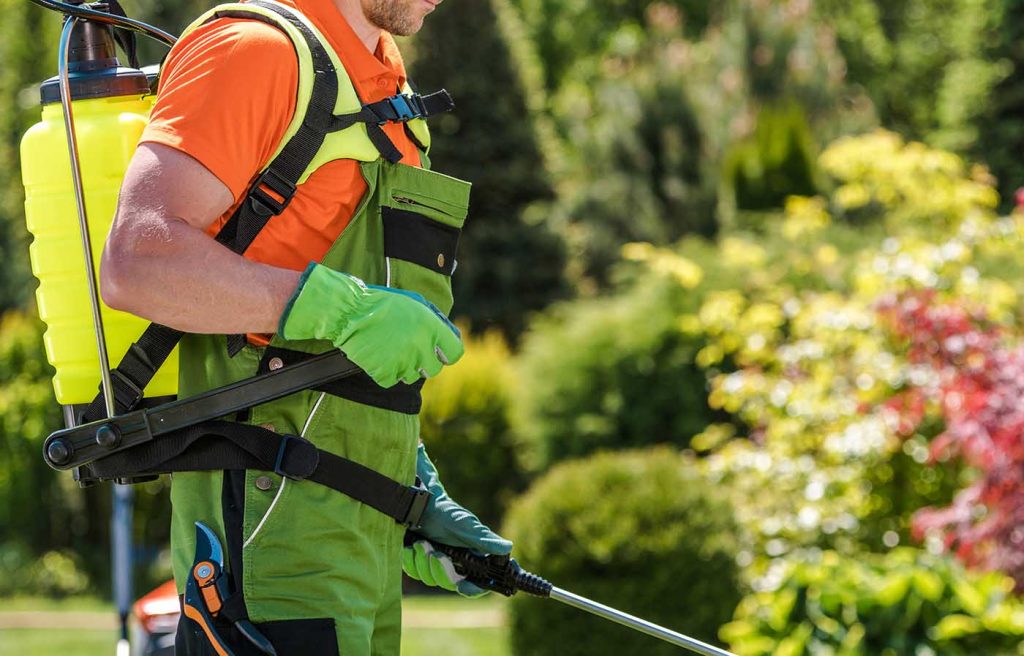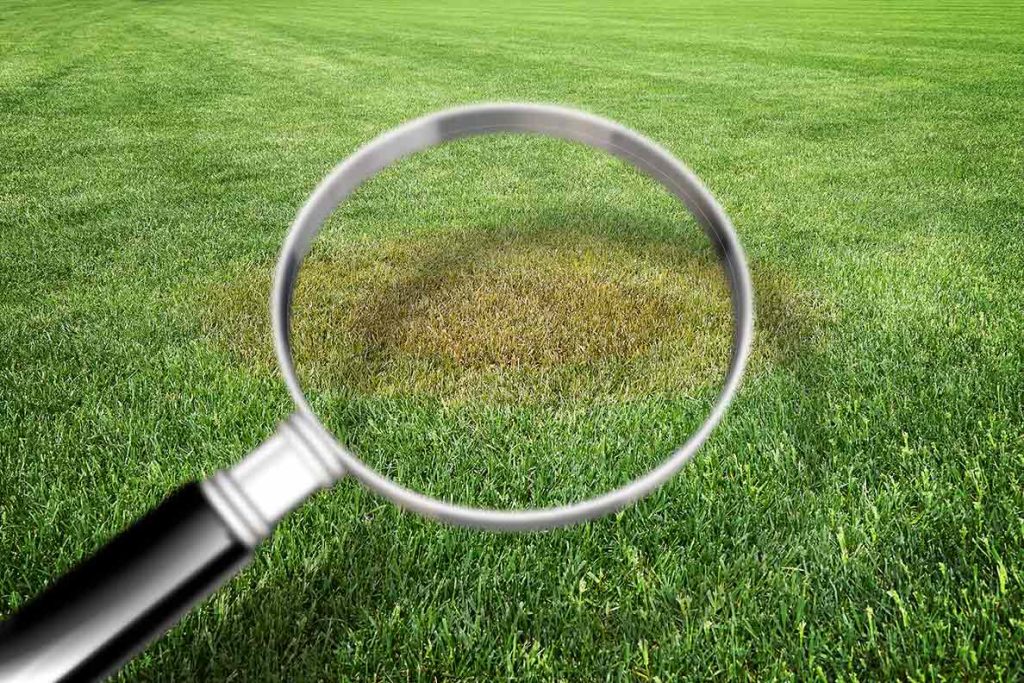Do you have a green thumb? Many people think that they need to have a green thumb in order to maintain a healthy lawn, but this is not the case. In fact, all you need is a basic understanding about lawn fertilization and how it works. By reading this article, you will have the knowledge needed to decide how and when to start fertilizing your lawn!
What Is Lawn Fertilization?
Lawn fertilization is the process of adding nutrients to the soil in order to promote growth. These nutrients can come from a variety of sources, including organic matter, commercial fertilizers, and even manure. For the purposes of this article, we will look at how premium commercial fertilizers can improve your lawn. Fertilizing your lawn will not only make it healthier, it will also make it more resistant to pests and diseases.

There are three main ingredients in fertilizers that each play a unique role in improving the quality of your lawn:
- Nitrogen is the nutrient that helps your lawn grow the most. It makes grass blades green and strong, and it encourages growth.
- Phosphorus helps develop a strong root system. This is important for newly seeded lawns or when you’re trying to revive a struggling one.
- Potassium strengthens grass against disease and pests, as well as helping it withstand extreme weather conditions like heat and cold snaps.
As fertilizers begin to work, you will notice thin and bare spots start to fill in. The grass will also be a deeper green color and will be softer to the touch. This is because roots become stronger as fertilizers get absorbed, which means your lawn will have an easier time absorbing further nutrition in the soil. Stronger roots and leaves created by fertilizers mean a higher-quality lawn that will withstand infections and invasions from weeds, pests, fungi, and whatever else tries to damage your turf!
How Does Fertilizing Your Lawn Work?

Fertilizer works by providing plants with the nutrients they need to grow. Fertilizing enriches the soil, from where plants and grass derive nutrition. These nutrients are taken up by the roots and then transported to the rest of the plant. The amount of fertilizer that you use will depend on the type of grass that you have, as well as the condition of your soil.
The most healthy lawns have a mix of different grasses, as this ensures that the lawn will be able to withstand a variety of conditions. If you have a lawn that is mostly made up of one type of grass, then you may need to use more fertilizer than if you had a mix. The condition of your soil also plays a role in how much fertilizer you will need to use. If your soil is very sandy, for example, then you will need to use more fertilizer than if your soil was clay-based.
If your lawn is severely struggling, then you may need to do a soil test in order to determine what nutrients are lacking. Once you know what your lawn is lacking, you can choose a fertilizer that contains those specific nutrients.
Types Of Fertilizer

There are benefits to both granular and liquid forms of fertilizer, both of which provide their own unique improvements to your lawn and the soil underneath it. Deciding which type of fertilizer to use means evaluating the needs of your turf.
Granular
Granular fertilizer can be spread right from your hand, and it also lasts longer than liquid fertilizer. The downside to granular fertilizer is that it can be difficult to control how much you use, as the granules could become displaced by the wind or other factors before they can be absorbed. Typically, granular options have a slow-release delivery system, meaning the nutrients will be released over a period of time rather than all at once. This is beneficial because it allows the roots to absorb the nutrients gradually, which reduces the chance of burning the grass.
Liquid
Liquid fertilizer is more expensive than granular fertilizer, but it is usually more effective. Liquid fertilizer gets absorbed by the roots quickly, which means that the plants can use it right away. Liquid options also ensure more complete coverage because the nutrients are distributed evenly throughout the solution. The downside to liquid fertilizer is that it can wash away easily if there is a lot of rain, so you will need to reapply it more often.
When To Fertilize
The best time to fertilize your lawn is in spring, as this is when the grass is starting to grow actively again after a long winter. However, you can also fertilize in the fall in order to help the grass roots store nutrients over winter. The type of fertilizer that you use will also determine how often you need to reapply it, so be sure to read the instructions carefully. In general, though, most lawns only need to be fertilized two or three times per year.
The climate and the type of grass in your lawn play a factor in determining when to fertilize. For example, if you live in an area with a hot climate and have a warm-season grass type in your lawn, then you will want to fertilize in spring and fall. If you have a cool-season grass, then you may need to fertilize only in fall.

Aside from seasonal factors, there are other times at which fertilizing your lawn is a good idea. For example, if you notice that your lawn is starting to thin out or the grass isn’t as green as it used to be, then fertilizing can help to revive it. Fertilizing after aerating your lawn can also be beneficial, as this will help the new roots to grow more quickly.
There are also times when you should avoid fertilizing your lawn. Many experts believe that seeding a new lawn or overseeding an existing one is best done without fertilizer, as the grass seeds need time to develop strong roots before they can benefit from the nutrients. Fertilizing too late in the season can also be harmful, as the cold weather can damage the grass if it is not yet strong enough to withstand it.
Fertilization Methods
Now that you know all about fertilizer, it’s time to learn how to actually fertilize your lawn. The first step is to choose the right fertilizer for your lawn. As we mentioned before, the type of grass in your lawn, as well as the condition of your soil, will determine what kind of fertilizer you need to use. Once you have the right fertilizer, it’s time to apply it.
- If you are using a granular fertilizer, then you may want to use a spreader. Spreaders can get the job done quicker and more efficiently than fertilizing by hand. First, calibrate your spreader so that you know how much fertilizer it is dispensing with each revolution. Next, walk at a steady pace while spreading the granular fertilizer evenly across your lawn. Be sure to overlap your passes so that you don’t miss any spots.
- If you are using a liquid fertilizer, then you will need to attach a hose-end sprayer to your garden hose. Again, be sure to calibrate the sprayer so that you know how much fertilizer it is dispensing. The bottle that attaches to your hose will have instructions on how much fertilizer to apply, so be sure to pay attention! As always, walk at an even pace, and try your best to give each area of your lawn equal attention.
- Once you have applied the fertilizer, water your lawn lightly so that the nutrients can start to seep into the roots of the grass. You should also avoid mowing your lawn for at least 24 hours after fertilizing, as this will give the grass time to absorb the nutrients.
Dangers Of DIY Lawn Fertilization

While it may be tempting to try to fertilize your lawn on your own, there are some dangers that you should be aware of. First of all, if you use too much fertilizer, then you can actually burn your grass. This will cause the grass to turn brown and die, and it will take a long time for it to recover.
Additionally, if you don’t spread the fertilizer evenly, then you can end up with patches of grass that are either over-fertilized or under-fertilized. Over-fertilizing can lead to the same problems as using too much fertilizer overall, while under-fertilizing will simply result in an uneven lawn that doesn’t look its best.
Finally, if you use the wrong type of fertilizer for your lawn, then you can do more harm than good. For example, using a fertilizer with too much nitrogen on a sandy soil can lead to leaching, which is when the nutrients are washed away before the grass can absorb them. This not only wastes the fertilizer, but it can also pollute nearby waterways.
Best Dressed Lawns In Utah!
The best way to avoid these dangers is to hire a professional lawn care company that specializes in fertilization, like Tuxedo Yard Care. The pros at Tuxedo have the experience and expertise necessary to properly fertilize your lawn without damaging it. They have been servicing lawns in northern Utah for years and can’t wait to add yours to the list!
Be sure to check out the fertilization services offered by Tuxedo, or call (801) 540-4713 to get a free quote today!




